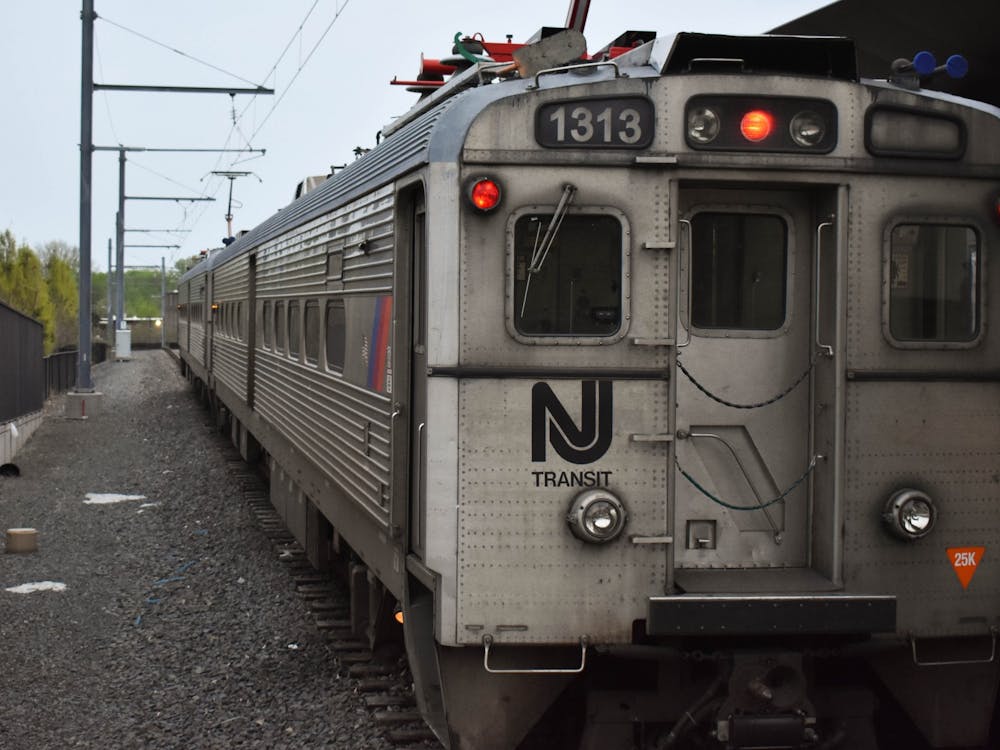A number of these buildings, Rybczynski argues, reveal a certain desperation. Their massive facades and elegant, sterile reading rooms seem to cry out "Books still matter! Conan the Librarian is still in charge!" By contrast, the newer ones in Seattle and Kansas City are hip, appealing structures that depart from tradition. Rem Koolhaas didn't even equip his ziggurat in Seattle with a reading room. And they draw crowds composed of everything from tourists to street people.
The lesson Rybczynski draws is simple. Books are probably out of date, as some prophets claim. Libraries, as such, are dinosaurs, doomed to extinction. But build a really attractive building and call it a central library - a building with natural light, interesting spaces and some appealing retail (Salt Lake City, which resembles a glitzy mall, has a comic book shop), as well as some books, and the punters will come. Not for the books, but for the excitement and the human connections that only a great public space can generate.
As usual, Rybczynski has a point. These days, our tastes run to attractive public spaces where lots of people hang out. Even before most of the new libraries went up, Barnes & Noble had started using comfy chairs and coffee to transform the experience of browsing. It turns out that if you build a palatial bookstore, they will come - lots of them. In many ways, the new libraries are nothing more than applications of this lesson from the market to the public sphere.
Rybczynski's virtual slide show gives us all something to think about as Princeton gears up to restore its own central library. Much as I love Firestone's worn modernist charms, I suspect that some of them need updating or replacement. Firestone is a monument to a lost culture, partly Presbyterian, partly shared by most members of the American upper classes. Its votaries prized restraint, modesty and physical discomfort and saw austerity as the proper training for those destined to have power. The material embodiments of this culture, which I remember with a little nostalgia, included the ancient woody station wagons that one used to see as late as the '70s, parked outside mansions on the west side of Princeton.
That culture's gone. When did you last see rich people or institutions play down their own wealth? If we're actually going to put bums on the pews of our cathedral of the book, then the pews will have to include wood chairs that actually fit the human frame, as well as sofas and armchairs, and Firestone's metal walls will have to make way, wherever possible, for gleaming wood. My friend W. Barksdale Maynard '88, who knows and loves the architecture of this campus, will object. Changes like these will spoil the library's period style. But I would be willing to accept the loss, if doing so will make the building inviting and functional, as Rybczynski teaches us we must.
And yet, Rybczynski's emphasis on new spaces and forms is also exaggerated. To the person with a hammer, everything looks like a nail. To the architect, every problem looks, well, architectural. Books, in this view, may furnish a room, but they don't bring the punters in the door - even the door of a library. I'm not so sure that this is true. In the Central Branch of New York Public, the grandest of the old Beaux-Arts American libraries, reading room seats are occupied, day after day, by people who are there to read the books, without benefit of WiFi (Rybczynski's picture of the reading room, which places the library's own computers and their users in the foreground, gives a somewhat misleading impression). In New York, of all places, the center of fashion, hype and the new, books still seem to exert an attractive power of their own.
To fill Firestone with readers, we should make the building more comfortable and attractive. But we must also maintain, as we always have, a magnificent open-stack collection of books - a collection so good, and so accessible, that people will resist the temptation to use only what they can find online. That's not easy. Even Princeton can't afford all the books that faculty and students demand. As it is, we don't have room for the mile and more of new books and journals that we already buy every year. Our selectors and librarians do an amazing job. But we should all be thinking and talking about what the collection should look like now - as well as complaining when it turns out to be weak in some particular field we think important.
Even more important, we have to sustain a campus culture of readers and reading, or it won't matter how many people sip coffee or answer e-mail in the library. New York's rich book world, with its publishers and poets' cafes and coffee shops full of aspiring novelists, does much to make books seem attractive and important. A university should do the same - should, for example, send punters by the dozen into the wonderful Dixon Collection of new books which Brian Kernighan GS '69 recently wrote about in this space. I'm pretty sure that we, the kvetchy faculty, could a do better job than we do. It's not only the drab walls and uncomfortable seating that sometimes make Firestone feel like a great ghost ship, its lights on but its crew nowhere to be found.

Anthony Grafton is the Henry Putnam University Professor of History. He can be reached at grafton@princeton.edu.








